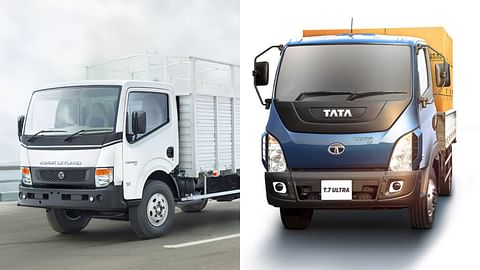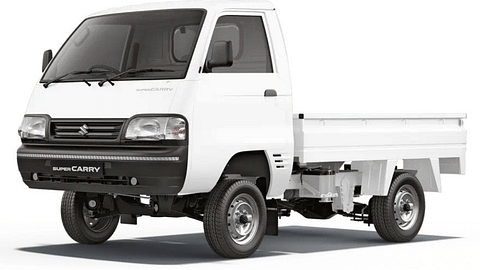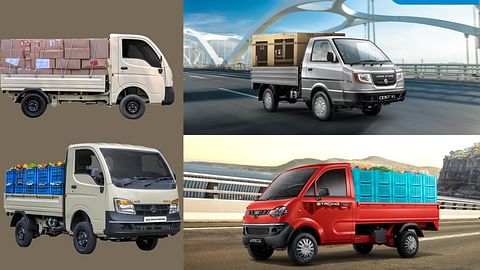Domestic CV industry volumes to decline in Q4 FY2024: ICRA

The domestic commercial vehicle (CV) industry is anticipated to witness subdued growth in Q4 FY2024, with volumes expected to remain muted due to the base effect and a slowdown in infrastructural activities ahead of the General Elections, according to a report by ICRA. Despite an estimated 2-5% year-on-year growth in volumes for FY2024, the industry's sharp upcycle is predicted to plateau in FY2025, with a projected decline of 4-7%.
Kinjal Shah, Vice President & Co-Group Head, ICRA Ratings, remarked, "Long-term demand for CVs is expected to remain robust, supported by continued infrastructure investments and private participation in various sectors. However, near-term volumes may plateau due to the high base effect and transient moderation in economic activity associated with the General Elections."
The medium and heavy commercial vehicles (M&HCV) segment is forecasted to experience a slowdown in volume growth to 3-6% in FY2024, followed by a decline of 4-7% in FY2025. Similarly, the light commercial vehicles (LCV) segment, which witnessed significant expansion in previous years, is expected to contract by 1-4% in FY2024 and by 5-8% in FY2025 due to a high base effect and other sectoral challenges.
Conversely, the buses segment is anticipated to register healthy growth in FY2024, driven by mandatory scrappage policies for older government vehicles. However, growth is projected to moderate to 2-5% in FY2025 due to base effect considerations.
ICRA foresees an improvement in operating profit margins (OPM) for its sample set companies in FY2024, driven by operating leverage benefits and favourable commodity prices. However, a marginal contraction is expected in FY2025 to 8.5-9.5% due to lower volumes. Despite this, the report suggests that larger CV OEMs are unlikely to engage in significant debt-funded capacity expansions, instead focusing on product development initiatives such as electric and hydrogen fuel-powered drivetrains.
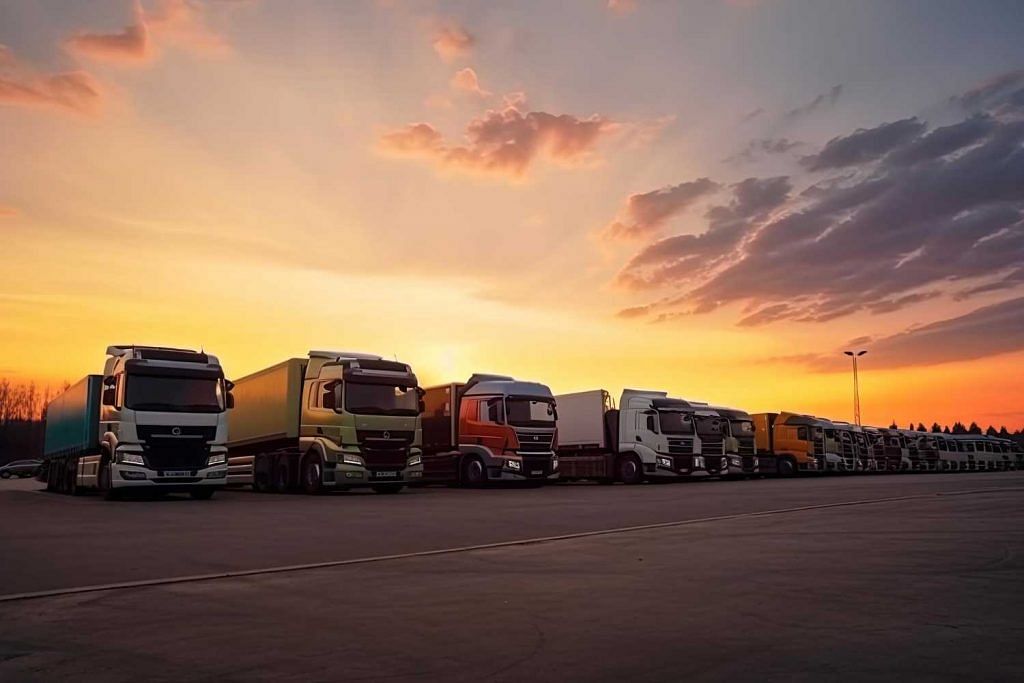
Impact of Economic Factors on the CV Industry
The domestic commercial vehicle (CV) industry is intricately linked to various economic factors that can significantly impact its performance. In Q4 FY2024, the industry is facing a unique set of challenges due to the prevailing economic conditions. Factors such as inflation, interest rates, GDP growth, and government policies all play a crucial role in shaping the landscape for CV manufacturers and dealers.
Rising inflation can directly affect the cost of production and transportation, leading to increased prices for commercial vehicles. This can dampen consumer demand and impact sales volumes within the industry. Similarly, fluctuations in interest rates can influence borrowing costs for both manufacturers and buyers, affecting investment decisions and overall market demand.
Also Read: Mahindra delivers 100 BlazoX Trucks to World Wide Movers
Moreover, the overall GDP growth rate is a key indicator of the economic health of a country. A slowdown in GDP growth can lead to reduced business activities, lower freight movements, and decreased demand for commercial vehicles. This, in turn, can put pressure on OEMs to recalibrate their production and sales strategies to navigate the economic downturn.
Government policies and regulations also play a critical role in shaping the operating environment for the CV industry. Changes in taxation, emission norms, infrastructure development initiatives, and other policy decisions can have a profound impact on the industry's dynamics and profitability.
In conclusion, understanding and closely monitoring the impact of economic factors on the domestic CV industry is essential for stakeholders to make informed decisions and navigate the challenges in Q4 FY2024 effectively. By staying abreast of these developments and adapting strategies accordingly, players in the industry can position themselves for resilience and sustainable growth in a rapidly changing economic landscape.
Latest Truck News
View All Truck NewsRecent Posts
- Tata Ultra T.7 बनाम Ashok Leyland Partner 4-Tyre: LCV सेगमेंट में आमने-सामने की टक्कर
- टाटा 1816 LPT की कीमत, माइलेज और लोड कैपेसिटी: पूरी जानकारी
- Truck Makers Collaborate with Amazon, Amul & Others for Electric Small Commercial Vehicles
- Tata 1816 LPT Price, Mileage, and Load Capacity: Everything You Need to Know
- Top 5 Bharat Benz Trucks for Heavy-Duty Applications in 2025
- टॉप 5 BharatBenz हैवी-ड्यूटी ट्रक्स 2025 के लिए
- मारुति सुजुकी ने सुपर कैरी मिनी ट्रक में ईएसपी जोड़कर सुरक्षा बढ़ाई
- Maruti Suzuki Boosts Safety with ESP in Super Carry Mini Truck
- भारत में सबसे ज्यादा बिकने वाले हल्के वाणिज्यिक वाहन (LCV): टाटा ऐस बनाम महिंद्रा जीतो बनाम अशोक लेलैंड दोस्त
- Best Selling Light Commercial Vehicles (LCVs) in India: Tata Ace vs. Mahindra Jeeto vs. Ashok Leyland Dost
Popular Three Wheelers Brands
 Altigreen
Altigreen Euler Motors
Euler Motors Mahindra
Mahindra Piaggio
Piaggio Bajaj
Bajaj Greaves Mobility
Greaves Mobility ATUL
ATUL TVS
TVS Omega Seiki Mobility
Omega Seiki Mobility Kinetic
Kinetic Lohia
Lohia JSA
JSA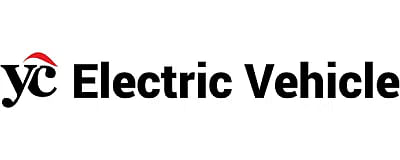 YC Electric
YC Electric Udaan
Udaan SN Solar Energy
SN Solar Energy Saarthi
Saarthi Teja (Powered by Greaves)
Teja (Powered by Greaves) Jezza Motors
Jezza Motors GreenRick
GreenRick City Life Electric
City Life Electric Ampere
Ampere Baba Electric
Baba Electric E-Ashwa
E-Ashwa Bahubali E Rickshaw
Bahubali E Rickshaw Dabang
Dabang Deltic
Deltic Keto Motors
Keto Motors Mini Metro
Mini Metro Gayam Motors
Gayam Motors Gem EV
Gem EV Gkon Automotive
Gkon Automotive Skyride
Skyride Thukral Electric
Thukral Electric Baxy
Baxy Eblu
Eblu Hexall
Hexall Joy
Joy Montra
Montra Star
Star Dandera
Dandera EKA
EKA Khalsa
Khalsa Hero
Hero- Zero21
91trucks is a rapidly growing digital platform that offers the latest updates and comprehensive information about the commercial vehicle industry.
